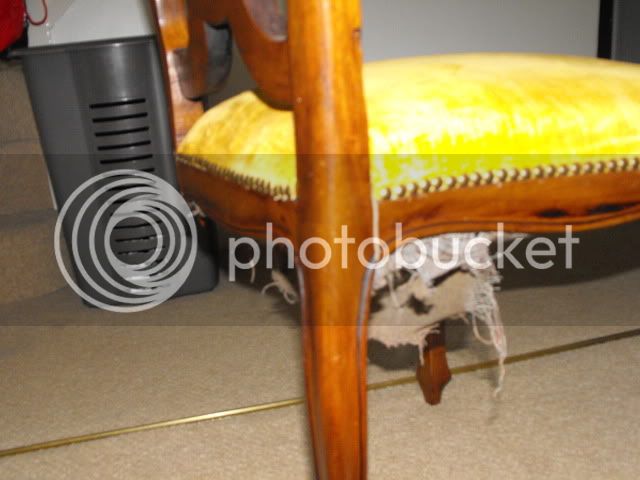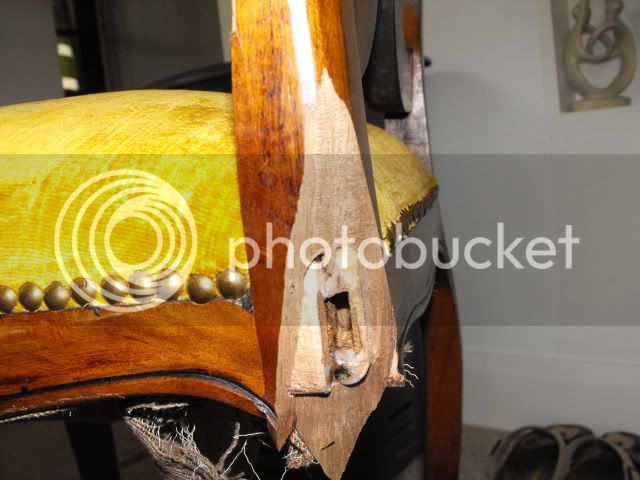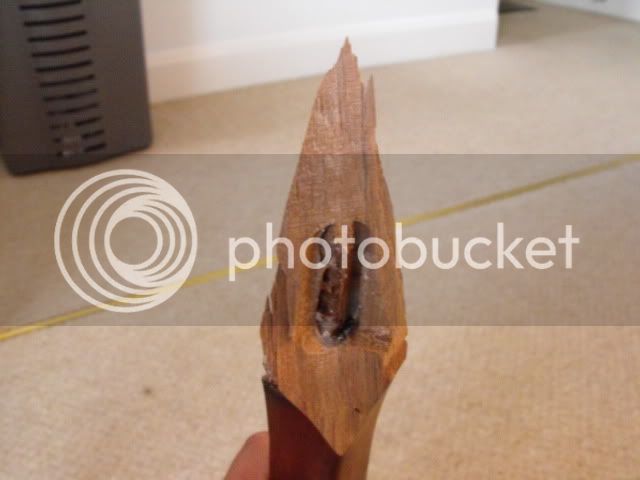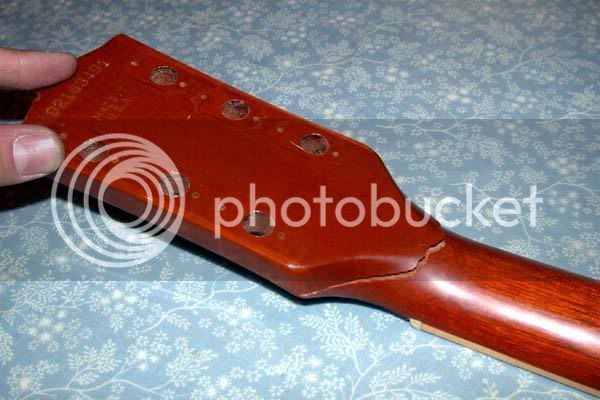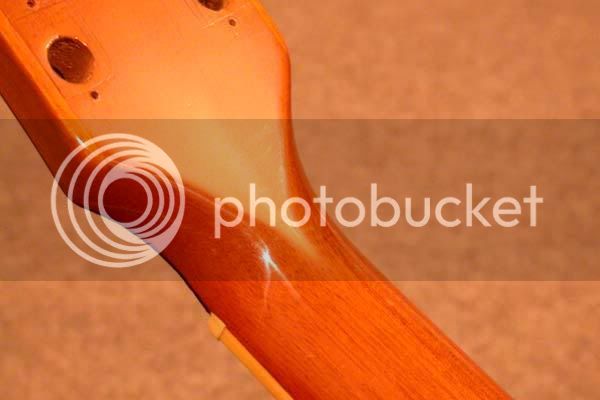While reglueung my mates chairs, ive manged to brake one of the legs off. it has torn clean away from its fibres, and it the part that meats the seat ring bit.
chair is made of some sort of brown ish harwood.
What would be best way of repairing this mistake,
and what glue is best to use for stregth,
thanks
chair is made of some sort of brown ish harwood.
What would be best way of repairing this mistake,
and what glue is best to use for stregth,
thanks

































